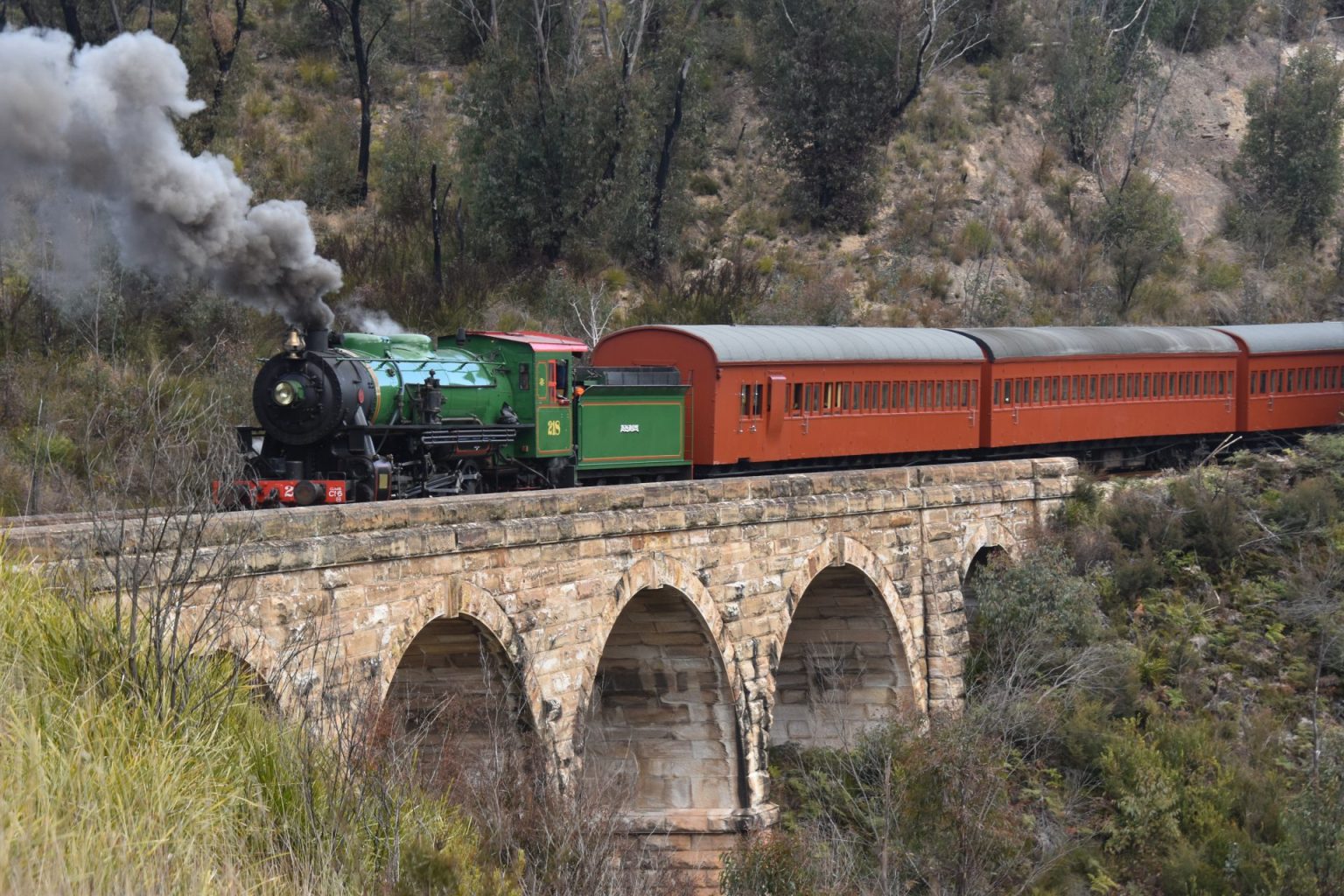Zig Zag Railway traverses the lands of the Wiradjuri Aboriginal Nation. We acknowledge the traditional custodians of the land, and recognise their continuing connection to land, water and community. We pay respect to elders past, present and emerging.

